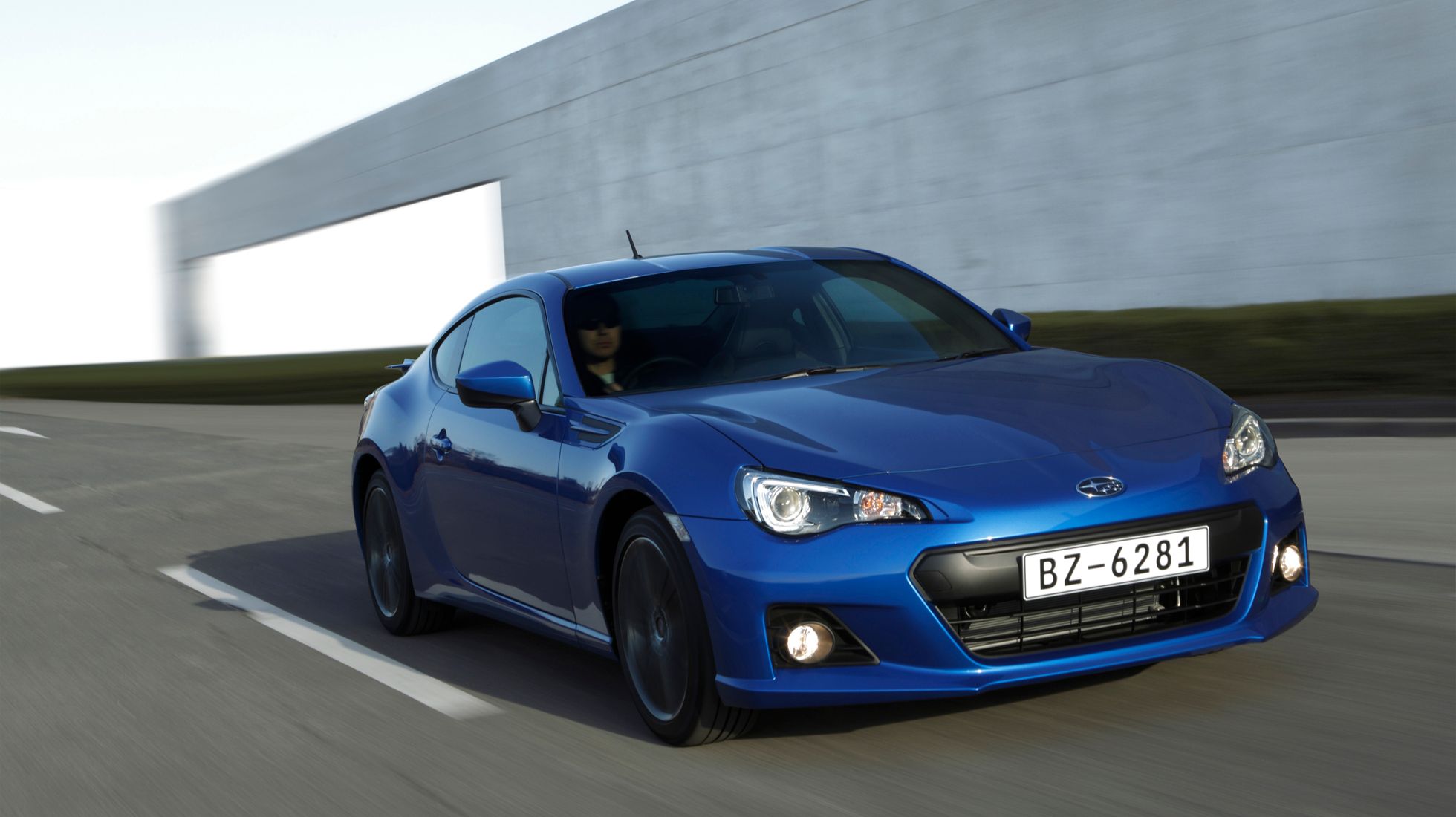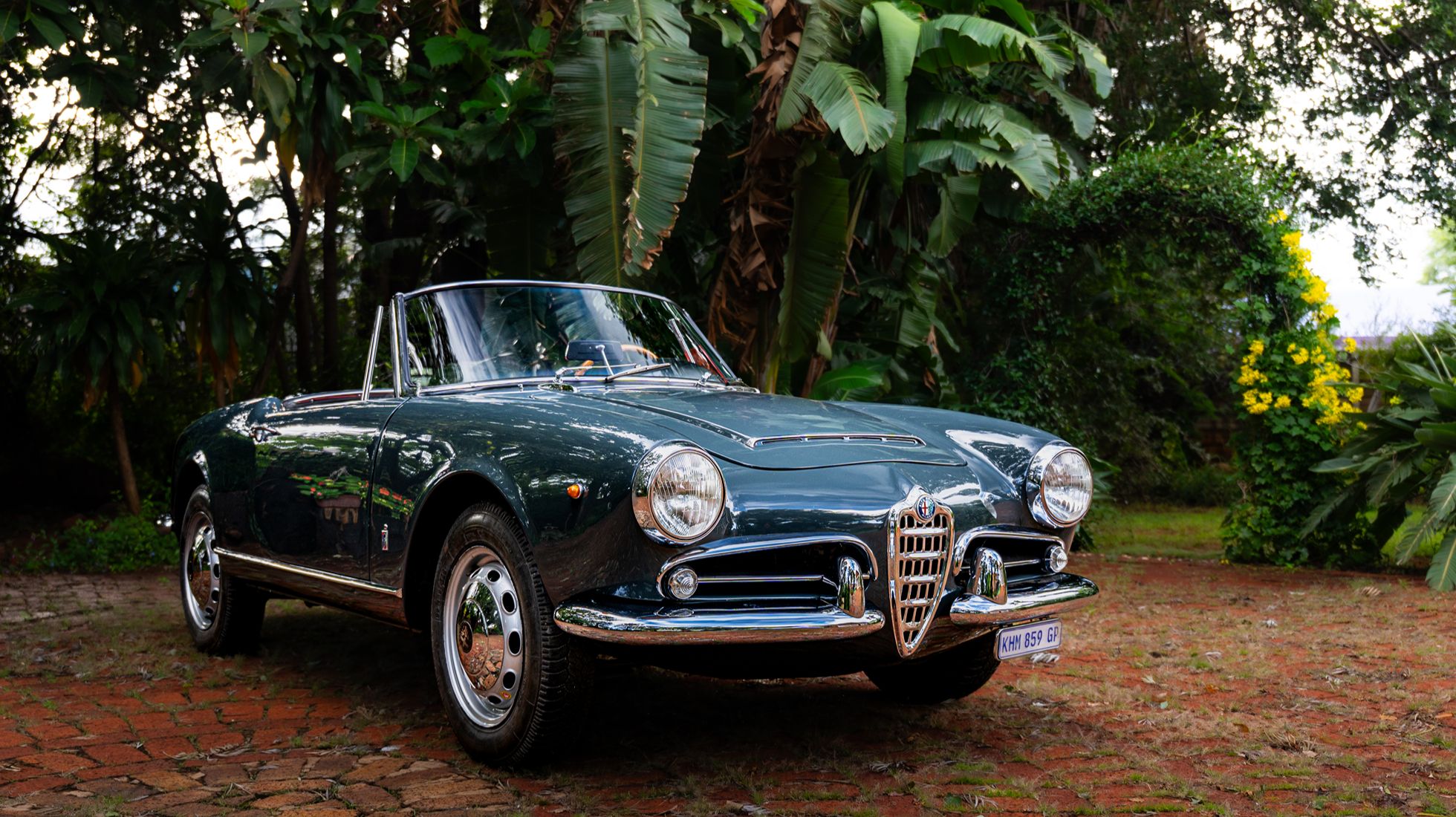Good Will Hunting
“No rhino, no feature”. This was the warning from editor Rix. Not something you’d usually overhear in the TopGear office, of course, but then I had just suggested that we could put the new South African-built Volkswagen Amarok to the test by deploying it with one of the many anti-poaching teams looking after resident rhinoceroses in the posh pickup’s new home.
Now dear reader, I wish I could claim that – with this ultimatum ringing in my and photographer Fleetwood’s ears – we set off searching for our horned friends across the African savanna for days on end, traversing tricky terrain in the Amarok and avoiding the more bitey creatures around with the hope of possibly catching a glimpse of one of the circa 16,000 white rhinos in existence. As you may be able to tell from the remarkable images on these pages, it wasn’t like that.
.jpg)
In fact, the Anti-Poaching Unit (APU) at Gondwana game reserve four hours east of Cape Town has such incredible data, knowledge and tracking ability that we manage to get our off-road spec Amarok PanAmericana in the frame with some of these majestic 2.5-tonne grazers in a matter of hours. Success. That’s not to say that the escapade is without jeopardy – the two rhino brothers we approach first are incredibly calm and happy to be papped, but as is often the case, the danger is a man-made creation.
Thanks to its huge anti-poaching efforts, Gondwana hasn’t had an incident since the reserve was established in 2006, but the protection of rhinos is a perilous business to be involved in. Conservation and sustainability manager Jono Berry tells us that a colleague at another reserve was recently assassinated simply for being incorruptible, and it’s not just those on the correct side of history who need to be careful – the night before we arrive, a poaching kingpin in the north of the country is gunned down while at the side of the road with a flat tyre. Conservation charities understandably don’t want to talk about the value of rhino horn on the black market either, for fear of encouraging more poaching, but it’s often quoted as being more expensive per kilogram than gold or that naughty white powder that Mr Escobar was so fond of.
“Ground rhino horn is used in traditional Asian medicine to ‘cure’ a range of ailments, from cancer to hangovers,” says a WWF statement. “And the horn is seen as a status symbol, particularly in Vietnam.” That’s despite the fact that it’s mostly made up of keratin – the same protein found in your fingernails. And so, as the APU loads up on board the Amarok in place of the team’s usual 240,000+kilometre Ford Ranger, the danger – and a desire to display an overt security presence in case anyone is scouting the reserve while posing as a guest on a game drive – is why we are surrounded by assault rifles and bulletproof vests.
.jpg)
It’s also why the unit is led by Elton – a man who amassed 20 years’ experience in the South African Defence Force before a career change led him to law enforcement lecturing at the Southern African Wildlife College. Elton’s team is fascinating, with over 20 members on alternating 12-hour shifts for round the clock rhino security. Day and night, 365 days a year. Their numbers are set to grow in the coming months too, and a canine tracking unit will also be reintroduced later this year to add an additional layer of protection. In a very Taken-esque manner, each employee has a specific set of skills that ranges from animal spoor specialists to dedicated human trackers, who can not only spot if a rogue poacher has walked through a bush or over a particular patch of grass, but they’ll also report which direction they were travelling in and provide an accurate guess at how tall they are. A ridiculously impressive skill on a 25,000+ acre reserve.
After a quick briefing that includes reports from the dedicated fencing team (described as the second line of defence after the local community, who are urged to report suspicious activity) and confirmation of the location of Gondwana’s pride of lions, we head out on an eyes down foot patrol with a select group from the APU, looking for signs of incursion into the reserve. After avoiding a herd of elephants and passing a family of hippos at a closer proximity than we would like to admit to the BBC’s health and safety department, we jump back in the Amarok to traverse the reserve and find more ‘assets’ – each rhino needs to be spotted and logged in an app by the APU every day, and if it isn’t then finding it is a priority for the next team on shift. The Cmore system that Gondwana’s team is using was actually developed for security at the 2010 FIFA World Cup in South Africa, but it’s now used by a number of anti-poaching forces to log the position and condition of their protectees.
.jpg)
What’s immediately obvious in the anti-poaching world is how the mix of traditional tracking techniques combines with modern tech such as radio telemetry, the aforementioned apps and drones that can scout perimeter fences and offer air support at a fraction of the cost of a helicopter. It’s something that’s reflected in the Amarok too, come to think of it. Thanks to a deal with Ford, this second-generation pickup is built on the same platform and in the same Pretoria factory as the new Ranger. That means underneath is a simple ladder frame chassis and leaf spring rear suspension that predates the extinction of the woolly rhino around 14,000 years ago.
Engine options include four-cylinder turbodiesels with varying power outputs, but we’ve got the torquey but retro 3.0-litre V6 turbodiesel that makes 184kW. It’s almost as though Ford sorted all the workhorse bits down below before VW demanded some car-like luxuries on top. That means inside you’ll find a smart leather finished interior with orange stitching, a 12-inch touchscreen that’s almost too modern for its own good (imagine trying to operate those in-screen climate controls with chunky gloves on), a fancy Harman Kardon sound system and a multitude of different on- and off-road drive modes that make our slow rock crawls and fast blasts on loose surfaces a simple endeavour.
.jpg)
Plus we’re able to provide the APU with a small slice of comfort thanks to our double cab set-up and the Amarok’s fairly compliant suspension. Well, that is when they haven’t plugged in the specific frequency into the radio telemetry that says “a rhino is that way”, because that requires a ride in the bed and some impressive arm in the air endurance. As we head to the east of the reserve the landscape changes, with head height shrubbery meaning the Amarok’s bed now becomes a makeshift animal viewing platform. There are some properly testing tracks here too for the VW to further prove its off-road credentials. Some deeper-than-it-looks water requires a quick check of the manual – confirmation that yes, the new Amarok can wade to 800mm compared with the previous generation’s 500mm. And the improved approach and departure angles are put to good use, as are the PanAmericana’s 360° camera systems to avoid scratching that Bright Beige paint.
The car we’re driving without any options costs R1,106,300. That’s not cheap, but then the PanAmericana spec does also add 18-inch wheels clad in chunky Goodyear Wrangler tyres, selectable four-wheel-drive modes with high- and low-range options (as well as an auto mode where the car senses slip and can send power forward if necessary) and a mechanical locking rear diff. Sounds complicated, but really all you need are those dedicated off-road drive modes. Select the type of surface that you’re on or the amount of grip you think you have, and the car sets up the gearbox, diffs and throttle map to ensure smooth and consistent progress.
.jpg)
From the driver’s seat at least, this particular rhino search all seems rather serene. The actual number of rhinos at Gondwana is a closely guarded secret that’s only shared on a need to know basis, but the work that the reserve is doing to protect the species extends beyond its 2.4-metre tall electric perimeter fence. In 2017 it opened Camp Charleston – a new home for the APU and a site where it offers training for fellow anti-poaching units through its Gondwana Conservation Foundation and the Rainbow Rhino Initiative. The plan is to eventually offer a two for one deal, where a breeding herd of rhinos can be sent out to another reserve along with a specially trained anti-poaching unit to guard them. The future looks bright too, because as Jono informs us, a couple of female calves have just been born and are somewhere out there in the reserve learning the ways of the natural world. But hang on, we didn’t spot them at all today. Guess we’ll just have to camp out and try again tomorrow. Now, where did Elton say those lions were?
Words: Greg Potts / Images: Jonny Fleetwood
Originally published in TopGear UK Edition 372









.JPG)



.jpg)









%20(1).jpg)






.jpg)









%20(1).jpg)
.jpg)
.jpg)




.jpg)






.jpg)

.jpg)
.jpg)
.jpg)
.jpg)
.jpg)
.jpg)

.jpg)
.JPG)

.jpg)
.jpg)
.jpg)
.jpg)


.jpg)
.jpg)

.jpg)
.jpg)

.jpg)

.JPG)

.JPG)
.JPG)
.jpg)












%20(1).jpeg)



.jpg)





%20(1).jpg)






.jpg)
.jpg)

.jpg)
.jpg)
.jpg)
.jpg)
.jpg)
.jpg)
.jpg)
.jpg)
.jpg)
.jpg)


.jpg)
.jpg)

.jpg)
.jpg)
.jpg)
.jpg)
.jpg)




